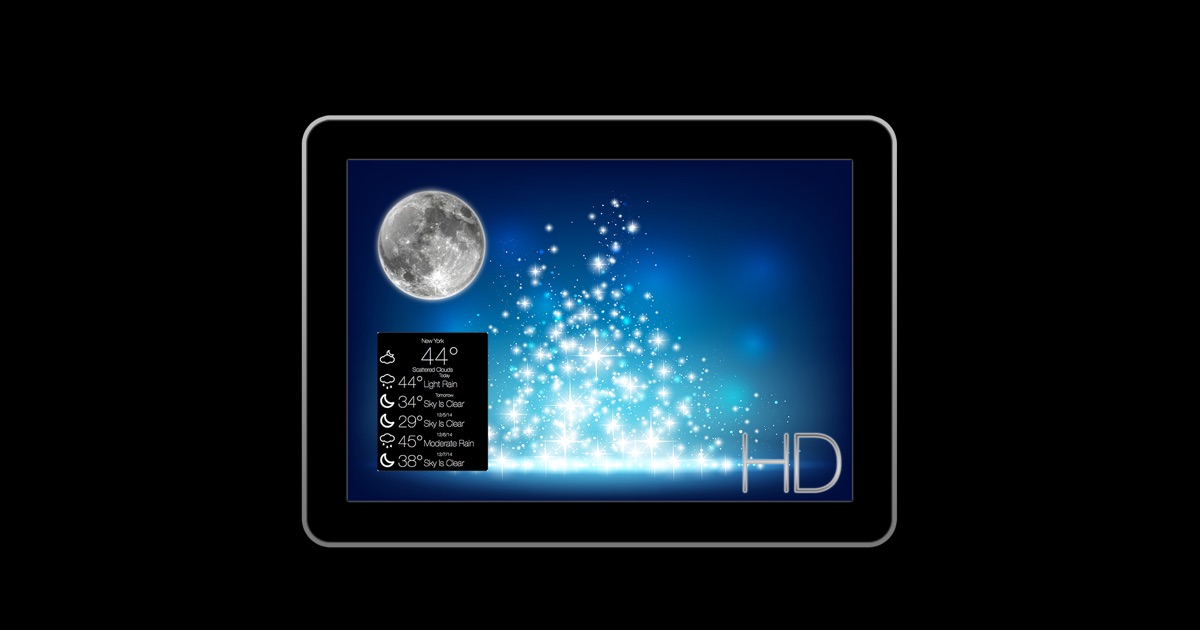
As each approach confers unique advantages and challenges, a trends analysis of literature for the AgNPs synthesis using different types of synthesis were also reviewed through a bibliometric approach. AgNPs are generally synthesized through chemical, physical and biological approaches involving a myriad of methods. Silver nanoparticles (AgNPs) have been employed in various fields of biotechnology due to their proven properties as an antibacterial, antiviral and antifungal agent. In general, multiple analytical methods used in combination are likely to be needed to correctly detect and fully quantify NPs in environmental samples. At the moment, the combination of chemical analysis (i.e., spectroscopy) and newly developed alternative methods overcomes this limitation. Although microscopical techniques are one of the most often used ways for imaging and thus quantification, they have the drawback of producing partial findings as they can be easily mixed up as biomolecules. This study also discusses the difficulties associated with improving existing methods and developing new ones. This review discussed the sample preparation and preconcentration protocol for NPs analysis and also examines the most appropriate approaches available at the moment, ranging from physical to chemical.

This article summarizes the progress in environmental NPs analysis and makes a critical assessment of whether methods from nanoparticles analysis could be adopted to bridge the methodological gap. However, the extent of contamination remains largely unknown due to fundamental challenges associated with isolation and analysis, and therefore, a methodological gap exists.

Several studies are now being reported on NPs in the environment including surface water and coast, snow, soil and in personal care products. NPs have recently been recognized as one of the least studied types of marine litter, but potentially one of the most hazardous. Nanoplastics (NPs) are a rapidly developing subject that is relevant in environmental and food research, as well as in human toxicity, among other fields.

Finally, we believe that the current review paves the way for an appropriate selection of generating and detecting ultrafine bubbles and shines the light for a profound understanding of its effectiveness. The effectiveness of the NB-assisted flotation processes was mostly addressed for single minerals, and only a few works have been reported for bulk materials. Although the NB stabilizing effects of electrolytes have been well explored, the mechanisms related to surfactants remain the issue of further investigation. In this regard, neither pilot- nor industrial-scale case studies were found in the literature it was only highlighted as future works. The application of hydrodynamic cavitation based on a venturi tube and using the LPSA and NTA in laboratory scales was identified as the most predominant approach for the generation and detection of NBs, respectively. It was also recognized that a suitable method for generating NBs, at a high rate and low cost remains a technical challenge in flotation. It was found that most researchers reported the existence and formation of NBs by different techniques, but there is not enough information on an accurate measurement of their size distribution and their commonly used reagents. Furthermore, flotation-assisted nano-bubbles was reported as an efficient method for recovering minerals with a special focus on flotation kinetics. As a key feature, types and possible mechanisms of surfactants applied to stabilize NBs were also explored. Most importantly, restrictions and opportunities with respect to detection of NBs were comprehensively reviewed focusing on various characterization techniques such as the laser particle size analyzer (LPSA), nanoparticle tracking (NTA), dynamic light scattering (DLS), zeta phase light scattering (ZPALS), and zeta sizer. The generation of NBs using various approaches including ultrasonication, solvent exchange, temperature change, hydrodynamic cavitation, and electrolysis was assessed.
This paper reviews recent developments in fundamental understating of ultrafine (nano) bubbles (NBs) and presents technological advances and reagent types used for their generation in flotation.


 0 kommentar(er)
0 kommentar(er)
